Above is the meteorological observatory built in 1903 atop Sanson Peak on Sulpher Mountain (Banff National Park). Samson Peak was once the home of the Sulphur Mountain Cosmic Ray Station, built between 1956 and 1957 to study cosmic rays during the International Geophysical Year. At 2283 metres above sea level, this was the highest of all the Canadian research stations.
In all my time in Alberta, I’ve never actually hiked or taken the gondola ride to Sulpher mountain. The view alone is worth the journey.
When we arrived (April) it was snowing heavily and clouds marred the view. However, in the half hour it took us to get from the gondola to the base of the observatory, the clouds cleared and the sun made the views glorious (below).
Sulpher Mountain was named in 1916 for the hot springs at the base — hot springs that exist all over the Rockies.
It’s long been known that earthquakes and eruptions along the Rocky Mountain chain will cause dirty water events in the hotsprings. Also, I’m repeatedly told by long term Alberta residents that in 1980 when Mount St. Helens erupted, the Banff Hotspring stopped producing sulpher hotsprings altogether.
I haven’t been able to find any information about this, however, the parks website states that “Flow volumes of Banff Upper Hot Springs fluctuate seasonally, with the largest flows in the early summer, the lowest in late winter. This natural variability is affected by local precipitation. To ensure the best experience for our guests, heated municipal water is used when reduced flows in winter occur.”

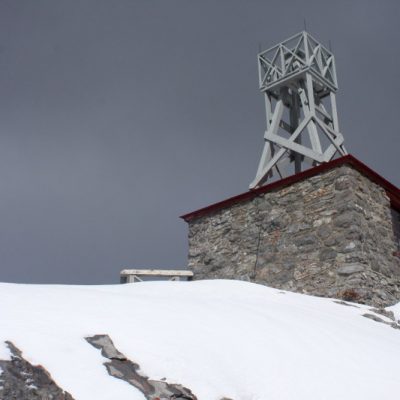
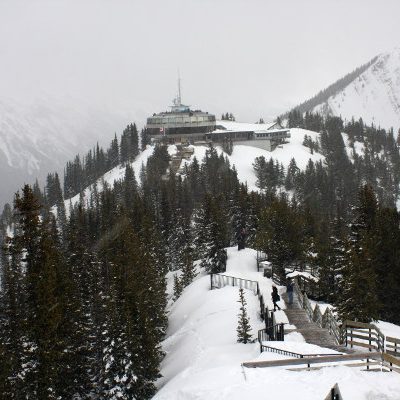
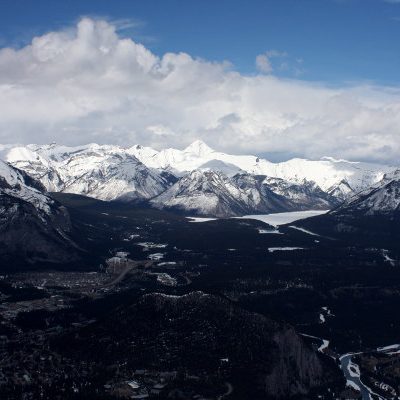
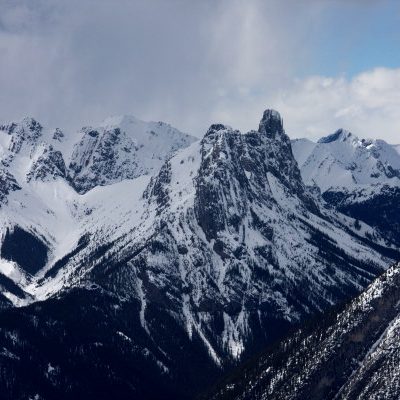
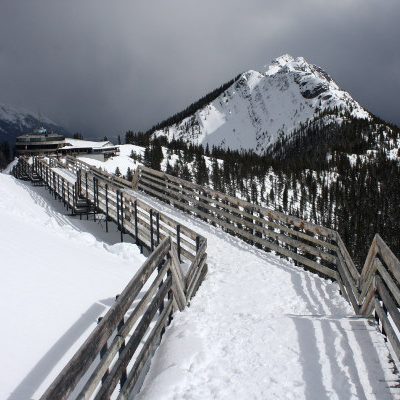
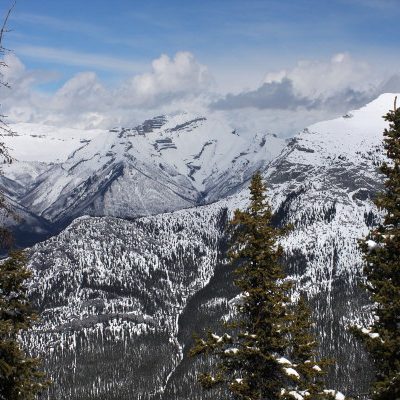
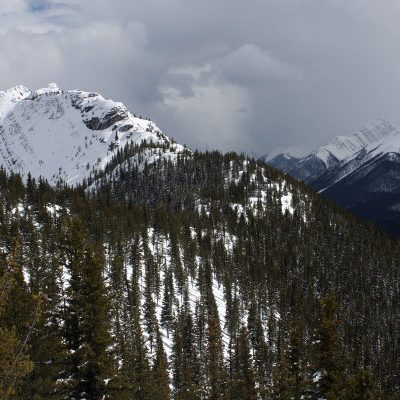
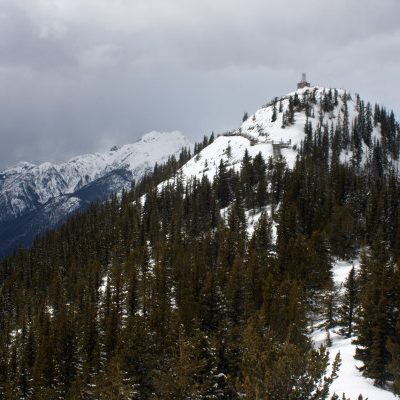
There is no doubt that the 1980 eruption of Mount St. Helens permanently affected the hot springs at Banff and the mudpots in the area. That is, if you trust observations by locals over tourism officials. Is the water at Fairmont artificially heated, for example? Ask an area resident. Why are we surprised? The earthquake in Haida Gwai caused hot springs on the area to dry up. They admit it, but tourism isn’t so big there.